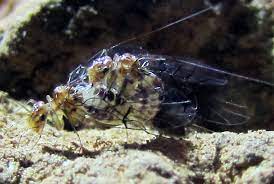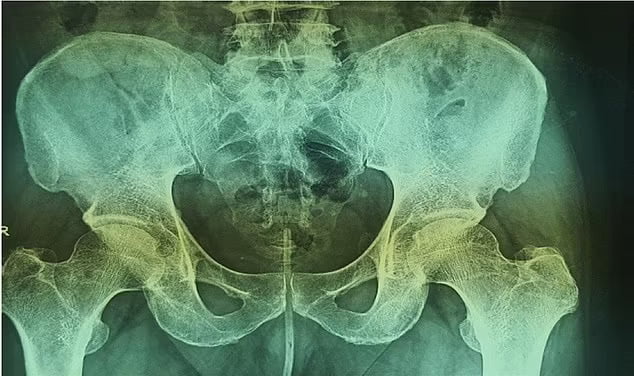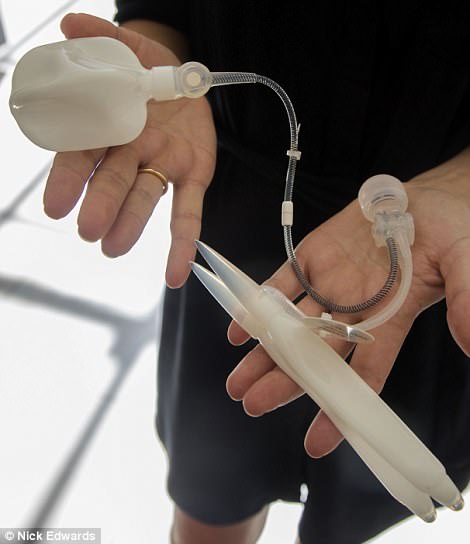Male barklice of the species Neotrogla have a vagina-like indentation, while their female counterparts have a penis-like structure called a gynosome. This unique genital reversal was studied by a team of entomologists from Hokkaido University, who used micro computer tomography to create 3D models of copulating winged insects from Brazilian caves.
The gynosome is a complex organ with specific muscles and pipes that enable females to attach themselves to males for extended periods of up to 70 hours. One set of muscles unfurls the gynosome, allowing it to enter the male and suck up semen. Another set of muscles then contracts the organ, depositing the sperm into two storage slots inside the female’s body.
The team suggests that the evolution of the female penis was driven by sexual selection, favoring intense female-female competition. The females’ ability to stock up on double the amount of sperm may provide a clue as to why they are so active in their efforts to find semen. The sperm is packaged with nutrient-filled spermatophores, which may serve as a source of nutrition in resource-deprived cave environments.
The lack of reliable food sources in Brazilian caves may have facilitated the evolution of sex-role reversals in the species, where females have a greater incentive to seek out and consume nutrients through their copulatory behavior.




